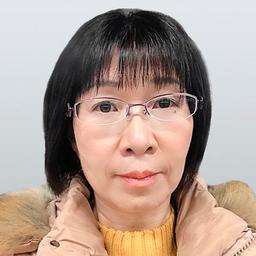Myopia (short-sightedness) is currently the most common eye disease in the world, especially in adolescents.
There are many ways to treat myopia. Western medicine mainly focuses on optical correction and surgical treatment. Using surgery is not optimal because adolescents are in a growth and development stage and the refractive system of the eye is not yet stable.
Traditional Chinese medicine, meanwhile, has received increasing attention in recent years because of its low side effects and few complications.
Jonathon Liu, a professor of Chinese medicine at a Canadian college, told The Epoch Times that there are two types of myopia: refractive and axial. Refractive myopia means the cornea or the lens cannot focus light properly on the retina, and axial myopia means the eyeball is abnormally elongated and is the most common form in children with short sightedness.
Dr. Liu also pointed out that most children with myopia actually have pseudomyopia, if there is no pathology or other disease problem. Pseudomyopia, through traditional Chinese medicine and acupressure therapies, can be cured. But if pseudomyopia is not taken care of properly, it can progress into true myopia.





